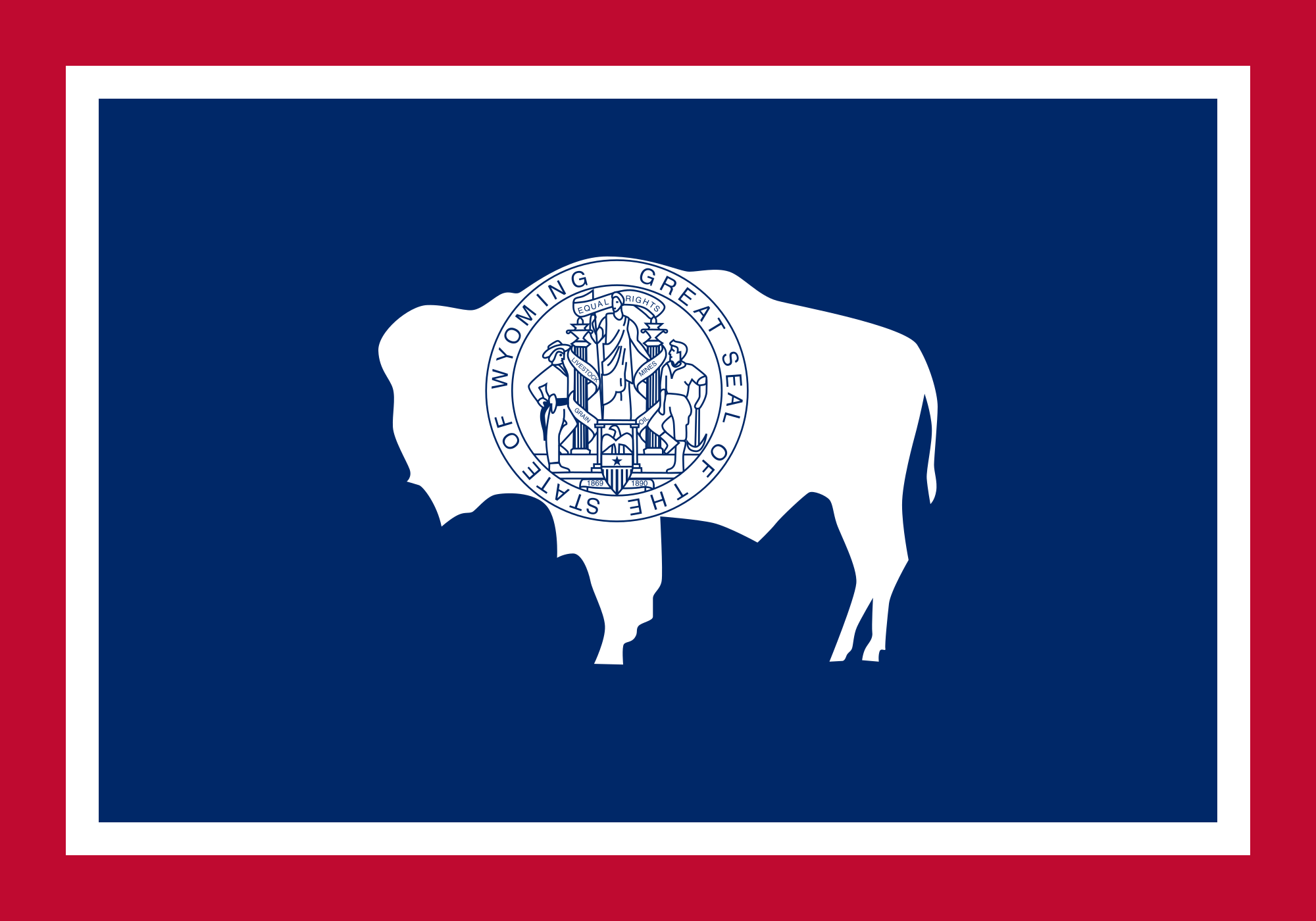SVIalpine.com is made possible thanks to a partnership between SVI Media, the Alpine Travel & Tourism Board and the Town of Alpine.
© 2024 SVI Media
Proudly built by Wyomingites in Wyoming

By John Little, SVI Media
Star Valley Health is navigating staffing challenges and sweeping federal healthcare changes, but hospital leaders said their financial position is improving overall.
A few months after an accounting error cost the hospital $3.5 million, Chief Executive Officer Dan Ordyna said the organization is on a path to recovery.
“We feel very bullish that if we continue our trajectory over the next month and a half, we will turn a corner and be back to talking about growth strategies,” Ordyna said.
The hospital reported almost $11 million in net revenue in June, according to a June 2025 financial statement.
• Emergency Medical Services in Star Valley
Amidst its increasingly positive financial outlook, the hospital faced criticism of its EMS staffing during its July board meeting.
During public comment, Kenzie Mathes called for a reinstatement of a full-time emergency medical services (EMS) staff during the off season in Thayne.
She said that EMS staff feel over-extended in the valley.
“I’ve been the EMT, I’ve been the dispatcher juggling chaos when there’s no one else to send,” Mathes said.
Currently, Star Valley Health stations two paramedics in Thayne during the warmer months but only one paramedic during the winter.
“One crash, one storm, one emergency, and we’ll have nothing left,” Mathes said. “The only thing that makes a difference is one set of hands.”
Ahead of her remarks, Mathes distributed letters to board members from the Afton Volunteer Fire Department, the Thayne and Alpine fire chiefs, a former paramedic, and herself—all criticizing the current state of EMS in the region.
Trustee Shawn Merritt proposed a way to address EMS concerns.
“Their big concern is that they’re getting one employee off the call line for half of the year,” Merritt said. “I know that we can’t just throw money at things, but have we really looked at EMS to keep that one person for six more months?”
Merritt acknowledged that the money for this position may be hard to come by after the state recently lowered the mill levy that funded the hospital’s EMS by 25 percent.
In 2021, the hospital signed an agreement with Thayne, Alpine, Star Valley Ranch, and Lincoln County that gave control of those localities’ emergency medical services to a hospital.
Ordyna said that the hospital’s control of the region’s emergency medical services is unusual but effective for Star Valley.
Ordyna pointed to shorter response times over the past three years as evidence of success and said that neighboring towns that rely on volunteer crews face more challenges.
“Look at Cokeville, look at Kemmerer,” he said. “It’s not working.”
Ordyna said the current EMS arrangement is not perfect, but he hopes to work out solutions to implement after talking with the stakeholders before November 2026, when the EMS agreement is set to expire.
• Alpine Emergency Room
During public comment, Eileen Merritt with Legacy Homes Assisted Living criticized a decision by Star Valley Health to hire emergency medicine certified doctors instead of family practice doctors for its recently opened emergency room in Alpine.
She characterized the board certification as a piece of paper that did not mean too much, and said she preferred the experience of family practice doctors.
“That’s not just a piece of paper, folks,” general surgeon Mark Cohan said. “These people have put years and years into managing emergency room conditions.”
He said emergency medicine specialization is critical for managing urgent cases, differing from family practice expertise
The Alpine Emergency Room opened in January of this year.
“Just in short few months that facility has been open, we’ve seen more business than originally anticipated,” Ordyna said.
He said that visits to the Afton emergency room have dropped since its opening, but an increase in market share in northern Star Valley since its opening has compensated for any losses.
• Impact of “Big Beautiful Bill”
While a new federal law will likely upend Medicare and Medicaid coverage for millions, Star Valley Health leaders said the impact on their hospital may be relatively limited.
The “Big Beautiful Bill” that passed through Congress earlier this month may result in 10.5 million people losing their Medicare coverage by 2034, according to estimates from the Congressional Budget Office.
“We’re insulated quite a bit from the impacts of that bill,” Ordyna said.
He said Wyoming’s more limited Medicare and Medicaid participation helps buffer the effects.
But in states like California with expanded Medicaid participation, Ordyna said that between 20 to 40 percent of the Medicaid population will likely lose coverage.
Those changes, he said, could spark a crisis for hospitals in Medicare expansion states
“Those people will likely be uninsured,” Ordyna said, impacting their ability to pay.
But Ordyna said Star Valley Health is in a better position than other hospitals in the region and across the country due to the higher share of private insurance in its total revenue.
Chief Financial Officer Scott Graham said that Medicare payments made up 42 percent of the hospital’s gross revenue in the last fiscal year. Graham said that this is between 10 to 20 percent less than other hospitals in the area.
Graham said that self-pay, which includes co-pay and payments from uninsured patients, hovered from 3 to 6 percent of Star Valley Health’s gross revenue throughout the year.
While any increase in uninsured patients could pose challenges, hospital officials said their payer mix and conservative Medicare and Medicaid share offer a financial cushion.
SVIalpine.com is made possible thanks to a partnership between SVI Media, the Alpine Travel & Tourism Board and the Town of Alpine.
© 2024 SVI Media
Proudly built by Wyomingites in Wyoming
